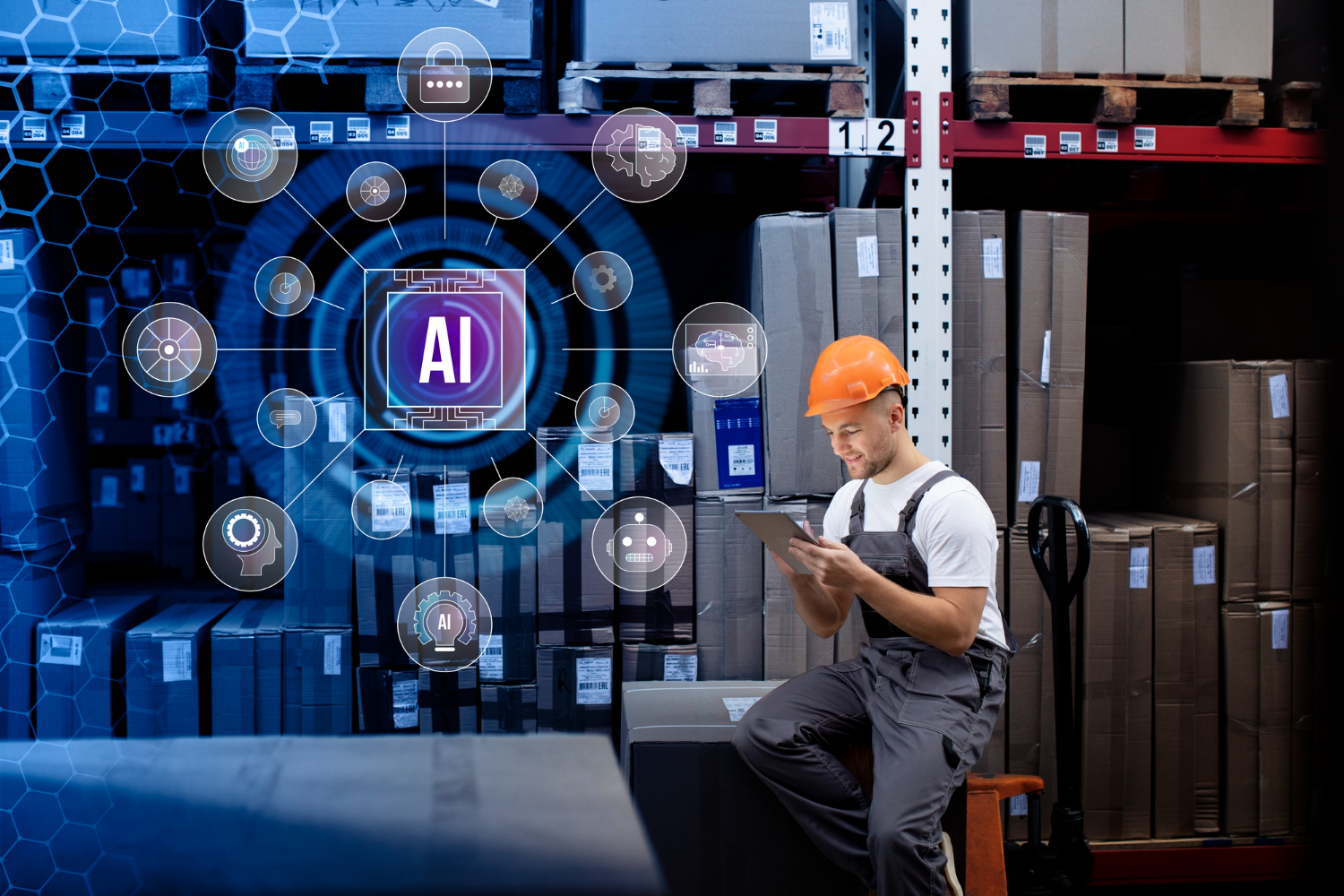In the age of digital transformation, data has become the lifeblood of businesses across industries. The ability to harness data and extract valuable insights from it is crucial for making informed decisions, driving innovation, and staying competitive in the market. Machine learning and artificial intelligence (AI) have emerged as powerful technologies that are revolutionizing the way organizations analyze data, providing them with predictive capabilities, enhanced data processing, and personalized customer experiences. This article explores how machine learning and AI are transforming data insights and reshaping the business landscape in the digital age.
The Evolution of Machine Learning and AI:
Machine learning and AI have significantly evolved in recent years, powered by advancements in algorithm development, computing power, and data availability. Machine learning algorithms enable computers to learn from data, identify patterns, and make predictions without being explicitly programmed. AI technologies, including neural networks and deep learning, simulate human intelligence to perform tasks such as natural language processing, image recognition, and decision-making. These technologies have proven to be invaluable in processing vast amounts of data efficiently and deriving actionable insights.
Predictive Analytics for Strategic Decision-making:
Predictive analytics, a key application of machine learning and AI, enables organizations to forecast future trends, behaviors, and outcomes based on historical data. By leveraging predictive models, businesses can anticipate customer preferences, market trends, and potential risks, allowing them to make strategic decisions proactively. Predictive analytics empowers organizations to optimize resource allocation, improve operational efficiency, and drive revenue growth by aligning their strategies with data-driven insights. The ability to predict future outcomes gives organizations a competitive edge in a rapidly changing market environment.
Enhanced Data Processing and Analysis:
Traditional data analysis methods are often limited in their ability to handle the volume and complexity of data generated by modern businesses. Machine learning and AI algorithms excel at processing structured and unstructured data, uncovering hidden patterns, and deriving valuable insights. These technologies automate data processing tasks, such as data cleansing, feature selection, and anomaly detection, streamlining the analysis process and enhancing the accuracy of results. Organizations can leverage the power of machine learning to extract actionable insights from vast datasets, driving informed decision-making and driving business growth.
Personalized Customer Experiences:
One of the most compelling applications of machine learning and AI is in delivering personalized customer experiences. By analyzing customer data, including purchase history, preferences, and online interactions, organizations can tailor their products, services, and marketing messages to individual customer segments. Personalization enhances customer engagement, loyalty, and satisfaction, leading to increased customer retention and lifetime value. Machine learning algorithms continuously learn from customer interactions, enabling organizations to refine their personalization strategies and deliver hyper-targeted experiences that resonate with customers.
Impact on Fraud Detection and Risk Management:
Machine learning and AI technologies have revolutionized fraud detection and risk management processes across industries. By analyzing historical transaction data and identifying patterns of fraudulent behavior, organizations can detect anomalies and suspicious activities in real-time, enabling them to prevent fraud and mitigate risks effectively. Machine learning algorithms can detect fraud patterns that may be imperceptible to human analysts, providing organizations with enhanced security measures and protecting them from financial losses. These technologies play a critical role in safeguarding businesses and customers in a digital age fraught with cybersecurity threats.
Read also: Impact of Blockchain Technology in Market Research
Natural Language Processing (NLP) and Text Analytics:
NLP and text analytics, branches of AI, enable organizations to extract insights from unstructured data sources such as text documents, emails, social media posts, and customer reviews. By analyzing textual data using ML algorithms, organizations can uncover sentiment, topics, and themes, gaining valuable insights into customer opinions, market trends, and brand perception. NLP-powered chatbots and virtual assistants also enhance customer service and support by providing personalized interactions and resolving inquiries in real-time.
Automation and Efficiency:
ML and AI enable automation of repetitive tasks, streamlining data analysis and decision-making processes. By automating data collection, cleansing, and preprocessing tasks, organizations can reduce manual effort, minimize errors, and accelerate time-to-insight. ML-powered recommendation engines and decision support systems also enhance productivity and efficiency by providing actionable insights and recommendations to users, enabling them to make informed decisions quickly and effectively.
Machine learning and AI are driving a paradigm shift in the way organizations analyze data, derive insights, and make informed decisions. These technologies empower businesses to unlock the potential of data, predict future trends, enhance customer experiences, and strengthen fraud detection mechanisms. By integrating machine learning and AI into their operations, businesses can gain a competitive advantage, drive innovation, and capitalize on the opportunities presented by the digital age. The transformative impact of machine learning and AI on data insights underscores their importance in shaping the future of business intelligence and propelling organizations towards success in an increasingly data-driven world.
